
Philemon Jambaya
Zimbabwe’s mining sector is celebrating a remarkable achievement, exceeding the ambitious target of reaching a US$12 billion industry by 2023. This news comes as industry leaders and government officials gather in Victoria Falls for the 9th Ordinary Meeting of the African Diamond Producers Association Council of Ministers.
Minister of Mines and Mining Development, Zhemu Soda, expressed his satisfaction with the sector’s performance. Early estimates paint a promising picture: investments exceeding US$5.2 billion secured between 2018 and 2023, export earnings reaching US$5.4 billion, and local consumption of coal for electricity generation further contributing to the industry’s value.
“In terms of investments, we must have achieved around US$5.2 billion between 2018 and 2023,” Minister Soda declared confidently.
“We also achieved about US$5.4 billion in export earnings. So, you add the value of industry investments and the value of the exports plus the local consumption, you can talk of coal that is locally consumed for the production of electricity, we must have surpassed the target of US$12 billion. However, computations are still being done in order for the correct figure to be shared with the whole nation. We continue to work towards a new target which will soon be announced by the ministry,” he added.
Related Stories
This boom can be attributed to Zimbabwe’s rich endowment of mineral resources. Gold, platinum, diamonds, and the ever-critical lithium have all played a role. The demand for lithium, a key component in electric car batteries, has skyrocketed, generating substantial revenue for Southern African countries.
However, experts caution that simply exporting raw materials is a short-sighted approach. Long-term economic benefits lie in value addition, a strategy echoed by industry leaders attending the ADPA meeting.
Nikki Ithete, representing the Namibia Diamond Manufacturers Association, emphasised the importance of empowering the local workforce. “Value addition is key for economic growth,” she explained.
“I have been to countries such as India, for example, you will not find Indians exporting rough diamonds. If we learn how to acquire skills, how to bring technologies and facilities to maintain these technologies in our countries instead of having to bring it from outside, we can empower our people to participate in beneficiation, and that will help drive growth.”
Engineer Paipa Munhumutema, general manager of Aurex, acknowledged the government’s support for establishing a robust beneficiation industry. He highlighted the need for sustainable operations that promote long-term growth and environmental responsibility within the value addition sector.
“We appreciate the support that we get from the government, the framework that is there to support beneficiation,” Munhumutema said. “There is a lot that we need to do as industrialists ourselves so that we have sustainable operations which can then lead into growth of the beneficiation industry.”
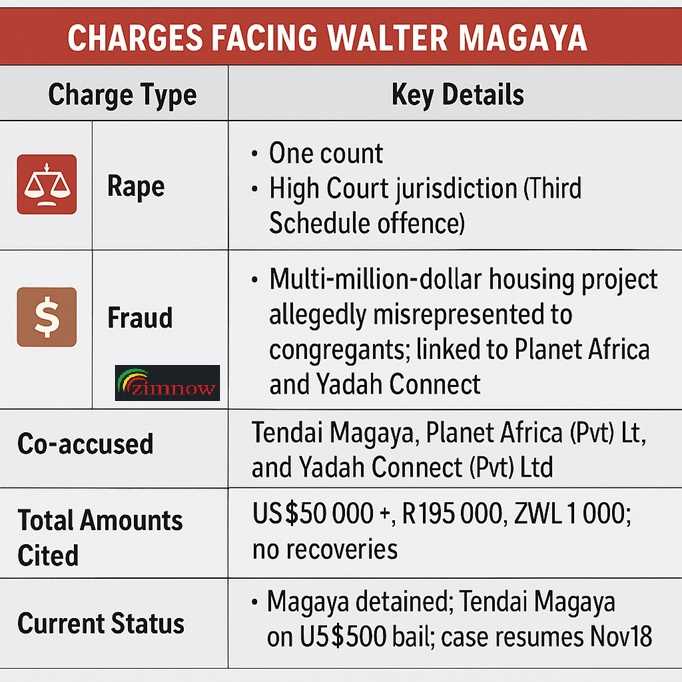
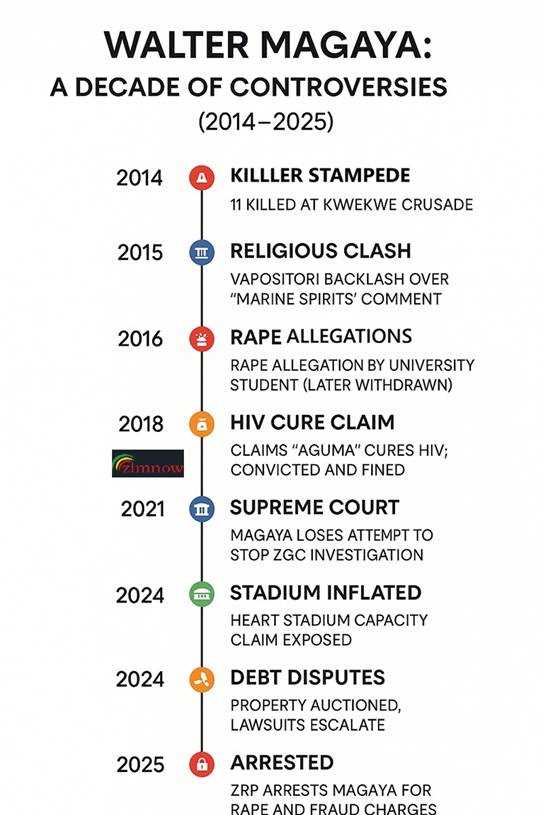
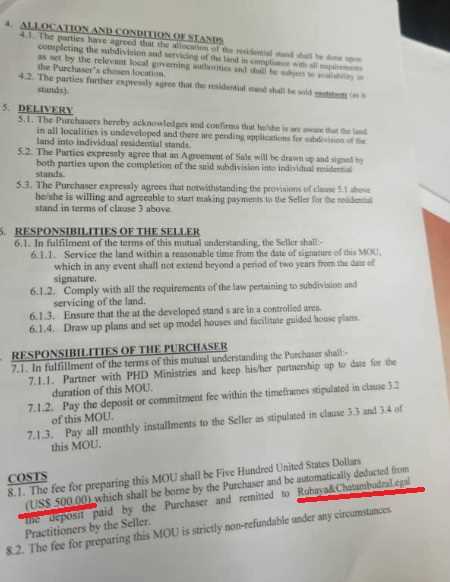


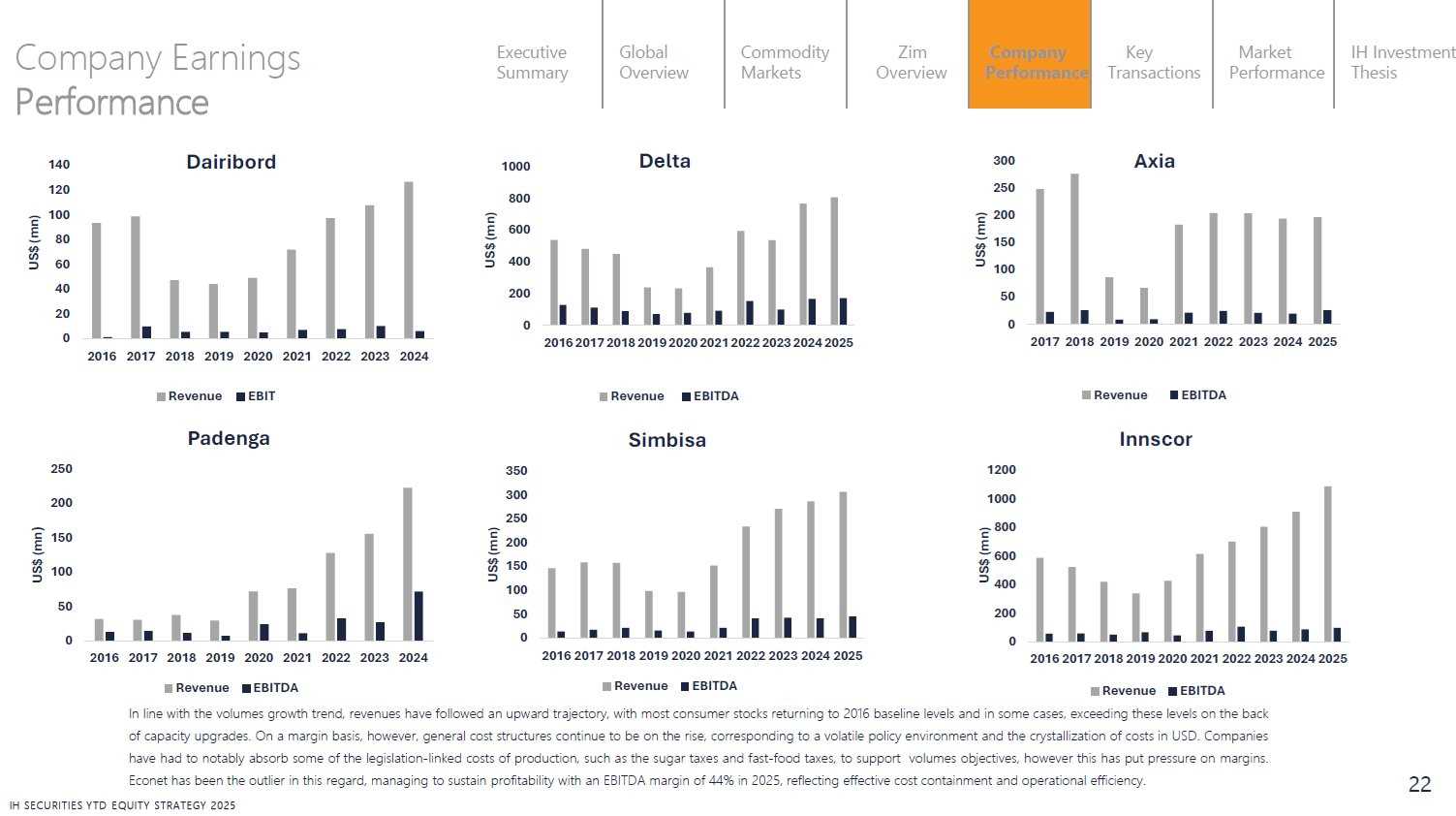




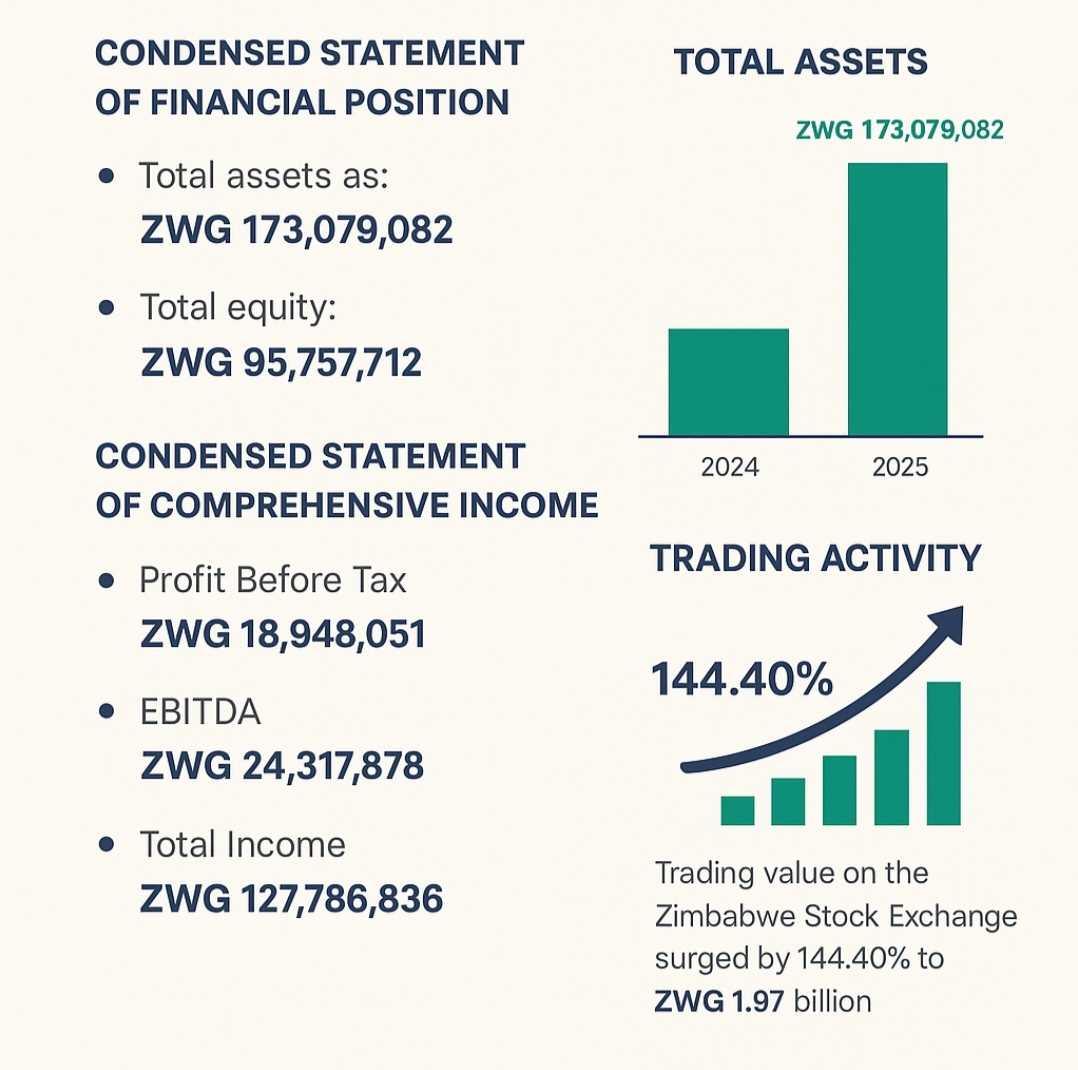

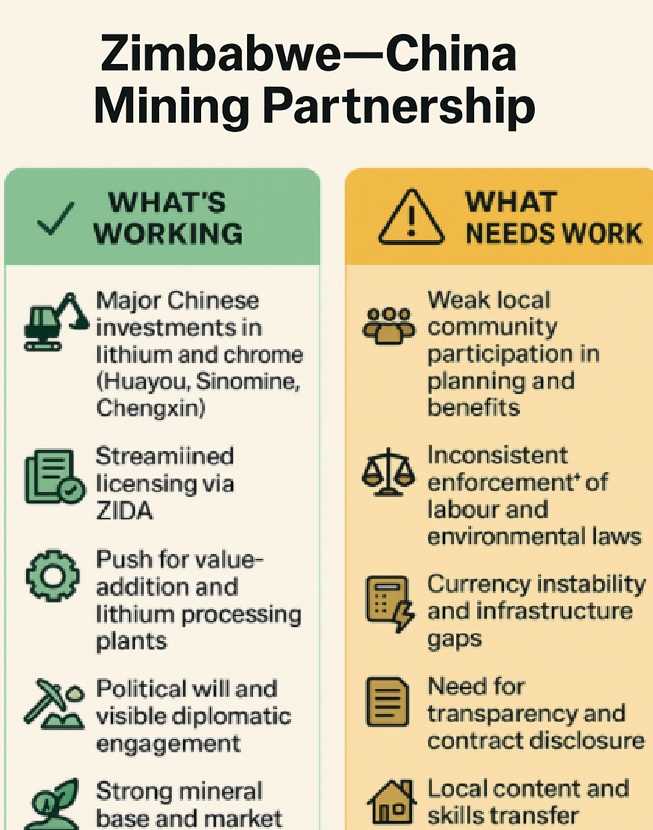






Leave Comments